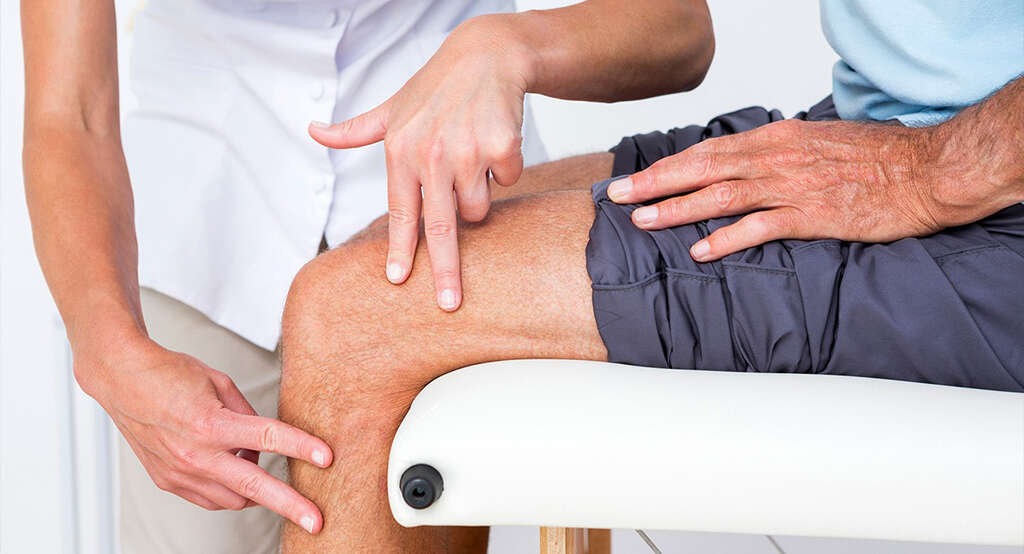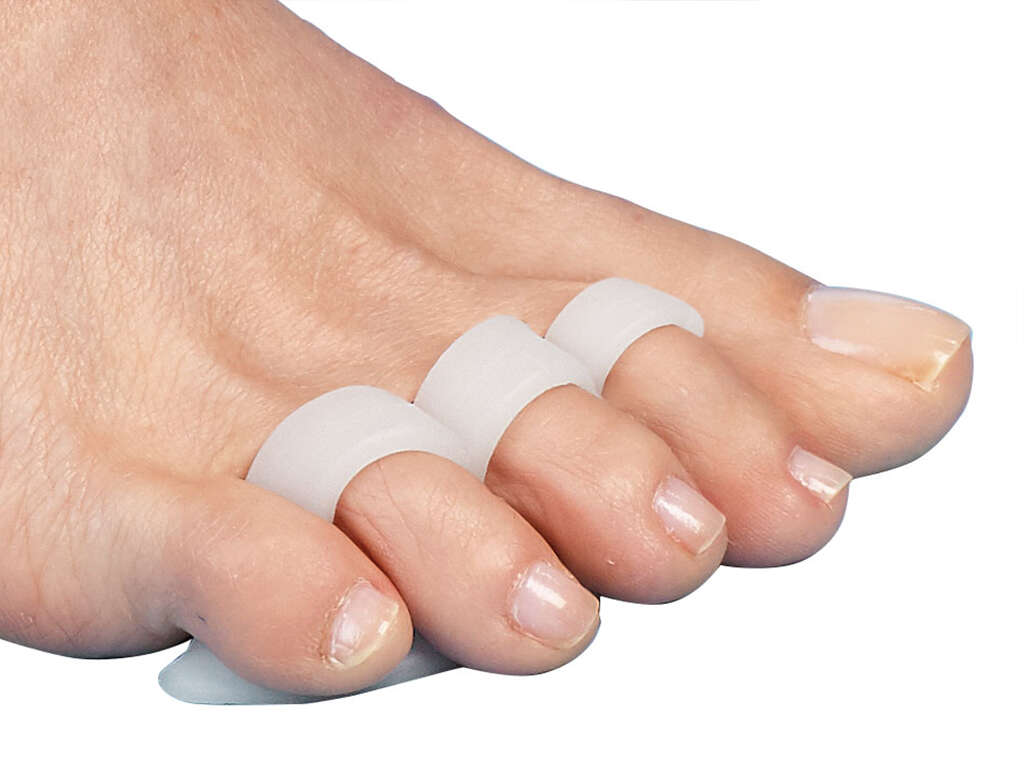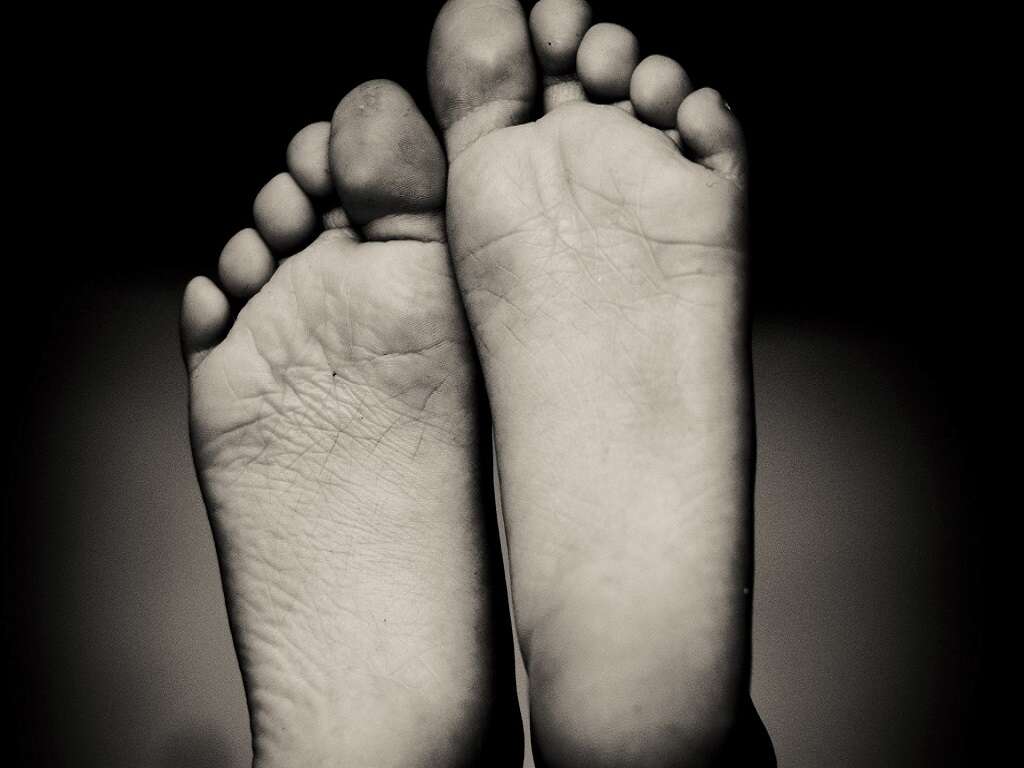10 Causes of Hammer Toe
A hammer toe is a deformity that most commonly affects the lesser toes (it does not usually affect the big toe). It occurs due to a chronic and persistent imbalance between the extension and flexion forces in the affected toe. A hammer toe refers to the flexion of the proximal interphalangeal joint and compensatory hyperextension of the distal interphalangeal joints and metatarsophalangeal joints. This causes a prominence that can rub against footwear, causing discomfort and pain.
In early stages, the deformity is usually flexible and can be corrected easily. However, with time, the deformity becomes fixed and can cause metatarsophalangeal joint dislocation. Noninvasive treatment options include the use of splints, taping, and modification of footwear. Once flexion contractures occur, surgery may be required.
A hammer toe is more commonly seen among individuals who have a longer second toe (compared to the big toe), those with advancing age, and among women.
Cause #1: Injury
Injury or physical trauma is damage to the body caused by an external force. Examples include road traffic accidents, assault, and falls. A simple foot injury such as a fractured, jammed, or stubbed toe can result in a hammer toe.
Individuals who have a hammer toe should see a podiatrist for the management of their hammer toe. Early treatment helps prevent complications and improves prognosis.
Cause #2: Osteoarthritis
Osteoarthritis is a condition where the cartilage and underlying bone at a joint break down, resulting in joint pain, swelling, reduced range of motion, and stiffness. In advanced cases, it can also result in numbness and weakness. Osteoarthritis most commonly affects the lower back, neck, knee, hips, and base of the thumb. The symptoms gradually worsen over several years and can affect daily activities.
Osteoarthritis usually occurs when there is previous injury to a joint, abnormal development of a joint, and hereditary factors. The risk of osteoarthritis is also higher among those who are overweight and individuals who have jobs that stress the joints. The damage to the joint can cause a hammer toe.

Cause #3: Poor Fitting Shoes
Poor fitting shoes are one of the most common causes of a hammer toe. Poor fitting shoes and high heels can cause the toes to be scrunched up or pressed in the shoe, causing the toes to bend. If prolonged, it can become permanent, resulting in a hammer toe.
Narrow and pointy-toed shoes squeeze the toes and tendons and can cause damage and aggravate existing hammer toes. To find a proper fit, the individual should stand up and ensure that there is approximately 3/8 to 1/2 inches between the longest toe and the end of the shoe.
Cause #4: Issues with the Ligaments or Tendons
The ligaments, tendons, and muscles work together to straighten and bend the toes. When there is an imbalance such as a muscle weakness or a tendon is no longer functioning normally, the toe can no longer straighten or bend. When a toe is bent for a prolonged duration, the muscles tighten, and the toe is no longer able to straighten.
Depending on the type of hammer toe, it can be managed through toe strengthening exercises, custom orthotic devices, and surgery.

Cause #5: Diabetes
Diabetes is a group of metabolic disorders where there is persistently elevated blood glucose. Symptoms of diabetes include increased thirst, frequent urination, increased hunger, and more. It increases the risk of cardiovascular disease, chronic kidney disease, stroke, damage to the eyes, and foot ulcers.
Diabetes occurs when there is decreased insulin sensitivity or if the pancreas is not producing enough insulin. It can be divided into type 1, type 2, and gestational diabetes. Management includes the use of medications, insulin injections, having a healthy diet, maintaining normal body weight, and regular physical exercise. Due to the complications of diabetes where nerves at the peripheries are most commonly affected, it can also cause a hammer toe.
Cause #6: Friedreich’s Ataxia
Friedreich’s ataxia is an autosomal recessive hereditary disease where there is progressive damage of the nervous system. Affecting 1 in 29,000 individuals, patients often experience poor coordination, vision impairment, hearing impairment, heart disease, and scoliosis without affecting any cognitive function.
It is a progressive disease and most patients eventually require a wheelchair for mobility. In this condition, the ataxia is due to the degeneration of nervous tissue in the spinal cord causing the spinal cord to become thinner. Demyelination also occurs. The damage to the nerves can result in a hammer toe.

Cause #7: Rheumatoid Arthritis
Rheumatoid arthritis is a chronic autoimmune disorder mostly affecting the joints. It causes the joints to become swollen, painful, stiff, and warm. In most cases, it affects the hands and wrists. Joints are often affected symmetrically. Rheumatoid arthritis is a systemic disease and can result in inflammation around the lungs, heart, low red blood cells, and more.
Rheumatoid arthritis is thought to be due to a combination of environmental and genetic factors. Although there is no cure, the disease can be managed through exercise, rest, splints, braces, pain medications, steroids, and disease modifying antirheumatic drugs. Due to the damage caused by the disease to the joints, it can result in a hammer toe.
Cause #8: Stroke
A stroke occurs when there is insufficient blood flow to the brain, leading to cell death. Strokes can be broadly categorized into hemorrhagic (bleeding) or ischemic (lack of blood flow). Patients with a stroke may experience issues speaking, difficulty understanding, dizziness, inability to feel or move one side of the body, loss of vision, severe headache, and more.
Risk factors of a stroke include tobacco use, obesity, high blood pressure, diabetes mellitus, atrial fibrillation, and a previous transient ischemic attack. Since the stroke causes the muscles or nerves to no longer function normally, it can result in a hammer toe.

Cause #9: Charcot-Marie-Tooth Disease
Charcot-Marie-Tooth disease refers to a group of disorders affecting the peripheral nervous system. It is one of the hereditary sensory and motor neuropathies. This condition leads to progressive loss of touch sensation and muscle tissue throughout the entire body. An incurable disease, it is the most commonly inherited neurological disorder affecting 1 in 2,500 individuals.
The earliest symptom of this disease is foot drop. It can also cause a hammer toe. The wasting of the muscles in the lower legs can result in a “stork leg” appearance. The main aim in management of this disease is to maintain muscle strength, movement, and flexibility through occupational or physical therapy.
Cause #10: Complex Regional Pain Syndrome
Complex regional pain syndrome, or reflex sympathetic dystrophy, is a condition where there is extreme pain, limited rage of motion, swelling, and skin or bone changes. Due to the debilitating pain, it is also often referred to as the “suicide disease” due to the severity and intensity of the discomfort along with the lack of treatments available. It is the most painful condition known, ranking even higher than childbirth on the McGill pain index. It may first affect one limb and gradually spreads through the body.
Approximately 35 percent of patients with this condition report symptoms throughout their whole bodies. It is important to note that it is not a psychological condition but can result in anxiety and depression due to impaired occupational and social function. A hammer toe can occur due to the damage sustained from this condition.










